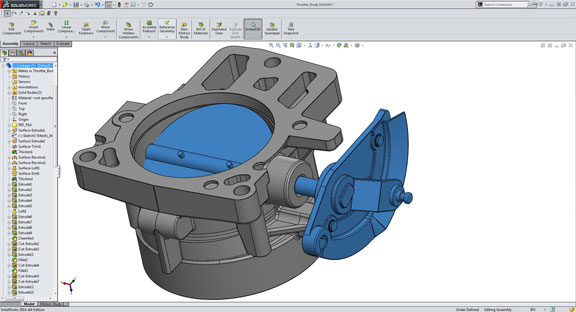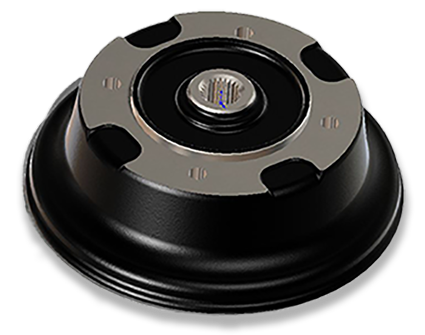
Documentation for Legacy Parts.
A primary customer of this service is one looking to re-manufacture or document a legacy part or tool. Reverse engineering and geometry re-creation is useful and necessary when the use of a tool or part has out-lived its documentation, or, as in production environment, edits and adjustments have been made to a physical tool in order to achieve results. When it comes time to replace this customized tool, its print or CAD no longer matches reality.
Accessories & Retrofitting
Designers do not design within a vacuum. Parts and systems have to fit within existing spaces and pair with other parts. RE with 3D scanning can help you in your design process to assess the environment within which your part will be created or installed.
A designer of a smartphone case needs to know where all the buttons, cameras and audio jacks are, as well as the organic shape of the phone. They are not likely going to get this data from Apple or Samsung directly, but it needs to be right.
A retrofitter of service vehicles needs to know the exact geometry of a door or dashboard. In these cases, a simple neutral model showing exact surface characteristics to be built around can be the perfect tool - readily available, quickly produced, and highly accurate.

Modeling Platforms (Software)
We can build files for use in any modern software, and many legacy platforms. Our primary platforms are SolidWorks and Creo/Pro-E, each fully up to date with the latest versions. We retain legacy licenses for those customers who need it. If we do not have your cad software of choice, we can output neutral file formats such as .igs, .stp, .x_t, and many more.Related Resources
Download sample files in our resource center.
Industry Applications
See how RE can be used in your industry.
Verification & Project Handoff
Accuracy is paramount to the quality and the success of any RE project. We utilize our own Deviation Analysis process to ensure that each feature and each characteristic is accurate to the scanned part. It’s used throughout the RE as the model tree grows with every additional feature and every iteration.
Every project ends with a conference call or screenshare to ensure that the results are understood and fit requirements. Deviation Analysis is used here as a final proof-of-work at the end of every RE project to demonstrate a precise point-by-point comparison that what we have created matches your physical part as scanned. This level of precision in verification is virtually impossible with manual methods. A Deviation Analysis makes full verification cost-effective and is critical to assure accuracy of the resulting model.

